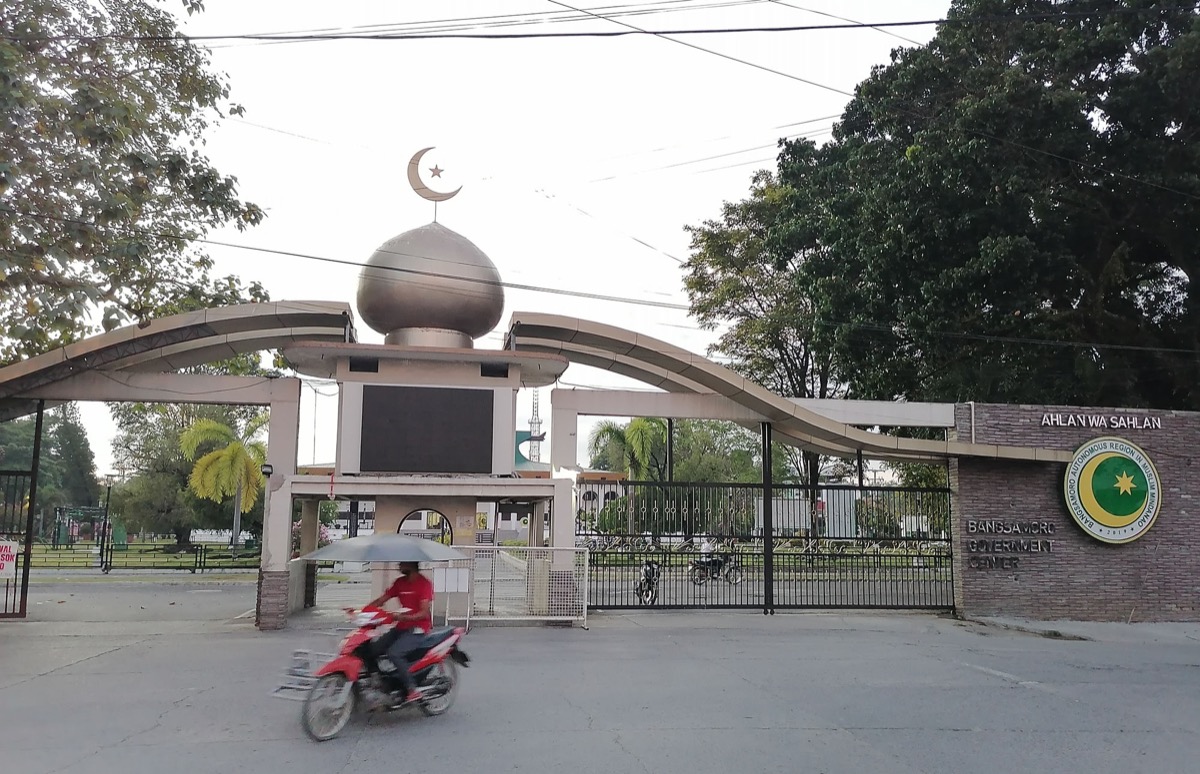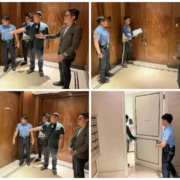Communal violence rises in BARMM as polls near
- Authorities in the former conflict-torn Bangsamoro region note an increase in incidents of killings linked to land disputes, criminality, politics

COTABATO CITY—Esmael Mustapha, village chief of Bulibod in Sultan Kudarat town of Maguindanao del Norte, was going home with his wife Rahima, the village secretary, on Sunday night when they were attacked by unidentified gunmen.
They came from the municipal gymnasium where they earlier joined in the activities marking the town’s founding anniversary, said Lt. Col. Esmael Madin, Sultan Kudarat police chief.
Police found several empty shells at the crime scene near the bodies of the victims.
Barely two days after, Aurora Lida, 51, acting principal of Kapinpilan National High School in the newly created Kadayangan town of the Bangsamoro region’s Special Geographic Area, and her coteacher, Maria Corazon Tagacay, 38, survived an ambush as they were heading for work at 7 a.m. on Tuesday.
Lt. Col. Realan Mamon, police chief of Midsayap town in Cotabato province, the mother locality of Kadayangan, said Lida and Tagacay came from Midsayap when waylaid at Kapinpilan village.
Although the village is no longer part of Midsayap, Mamon said they still responded to the incident and brought the victims to the nearest hospital.
The new town of Kadayangan is composed of Muslim-dominated villages of Midsayap that opted to join the autonomous region through a plebiscite in 2019.
An initial police report showed that the teachers, now under the Bangsamoro Ministry of Basic, Higher and Technical Education, were riding on a motorbike driven by Tagacay when the gunmen shot Lida.
Lida sustained a gunshot in her abdomen while Tagacay sustained injuries after she fell from the motorcycle during the shooting.
Police found empty shells for a .45-caliber pistol at the crime scene. The motive of the ambush is yet to be determined by police investigators who, said Mamon, were doing pursuit operation in coordination with the region’s Joint Peace and Security Team.
Warning signs
A series of low-level violence was recorded in the days before the above incidents.
Earlier, the nongovernmental group Council for Climate and Conflict Action Asia (CCAA) warned of worsening incidents of violence in the Bangsamoro region in the run-up to the first parliamentary elections in May 2025, for which political alignments are already shaping up in preparation for the filing of candidacies from Oct. 1 to Oct. 8 this year.
“Years after the conclusion of peace negotiations and the creation of the Bangsamoro Autonomous Region in Muslim Mindanao (BARMM), the path to lasting peace has been obstructed again, bringing renewed suffering, uncertainty and insecurity, especially among women and children. These cracks are expected to widen further as the first regional elections descend upon the region in 2025,” said a recent statement from the CCAA.
“Our evidence-based analysis reveals complex dynamics that have led to the resurgence of violence, despite the decline in violence after the Marawi siege in 2017, the implementation of martial law and the impact of the COVID-19 pandemic,” said the CCAA, referring to the communal violence it monitored in the region through various years, many involving disputes over land, criminality and political tensions.
Stark contrast
CCAA added that the information they gathered showed that “violence is rising fastest in the province where the new BARMM government sits and exercises regional authority,” meaning in Cotabato City and Maguindanao del Norte.
This trend on communal violence is a stark contrast to the continued successes of the security forces in containing the activities of terrorists and other state enemies, long after the Moro Islamic Liberation Front and the Moro National Liberation Front, once the biggest rebel movements in the region, had forged peace deals with the government.
On Sunday, soldiers busted a lair of the Islamic State-linked Bangsamoro Islamic Freedom Fighters (BIFF) in the remote Sitio Madanding of Angkayamat village, Sultan sa Barongis town, Maguindanao del Sur, upon the tip of civilians.
Lt. Col. Robert Betita, commanding officer of the Army’s 1st Mechanized Infantry Battalion, said the BIFF gunmen scampered away when soldiers rushed into their lair at 6 a.m., leaving behind their weapons, among which were a .50-caliber Barrett sniper rifle, an Ultimax rifle, grenade launchers and assorted ammunition.
Maj. Gen. Antonio Nafarrete, commander of the Army’s 6th Infantry Division, lauded Betita and his soldiers “for quickly responding to civilians’ information that foiled whatever atrocities the group was planning, if ever.” INQ

















